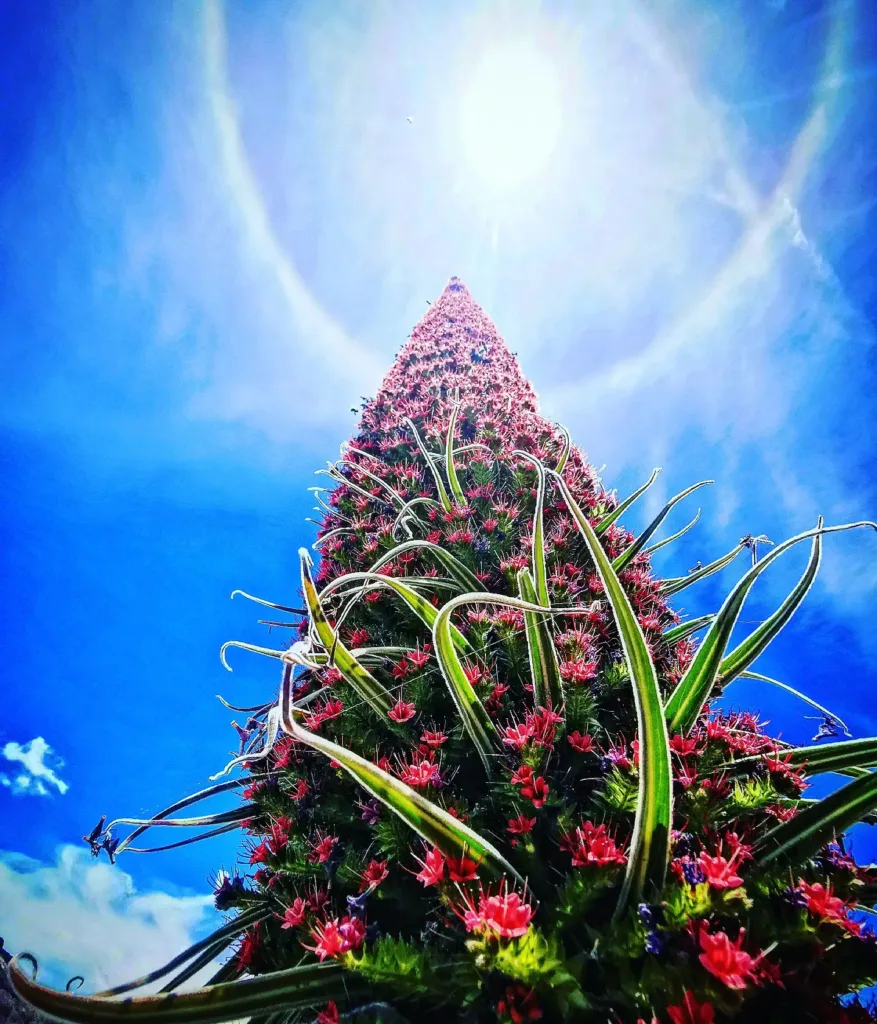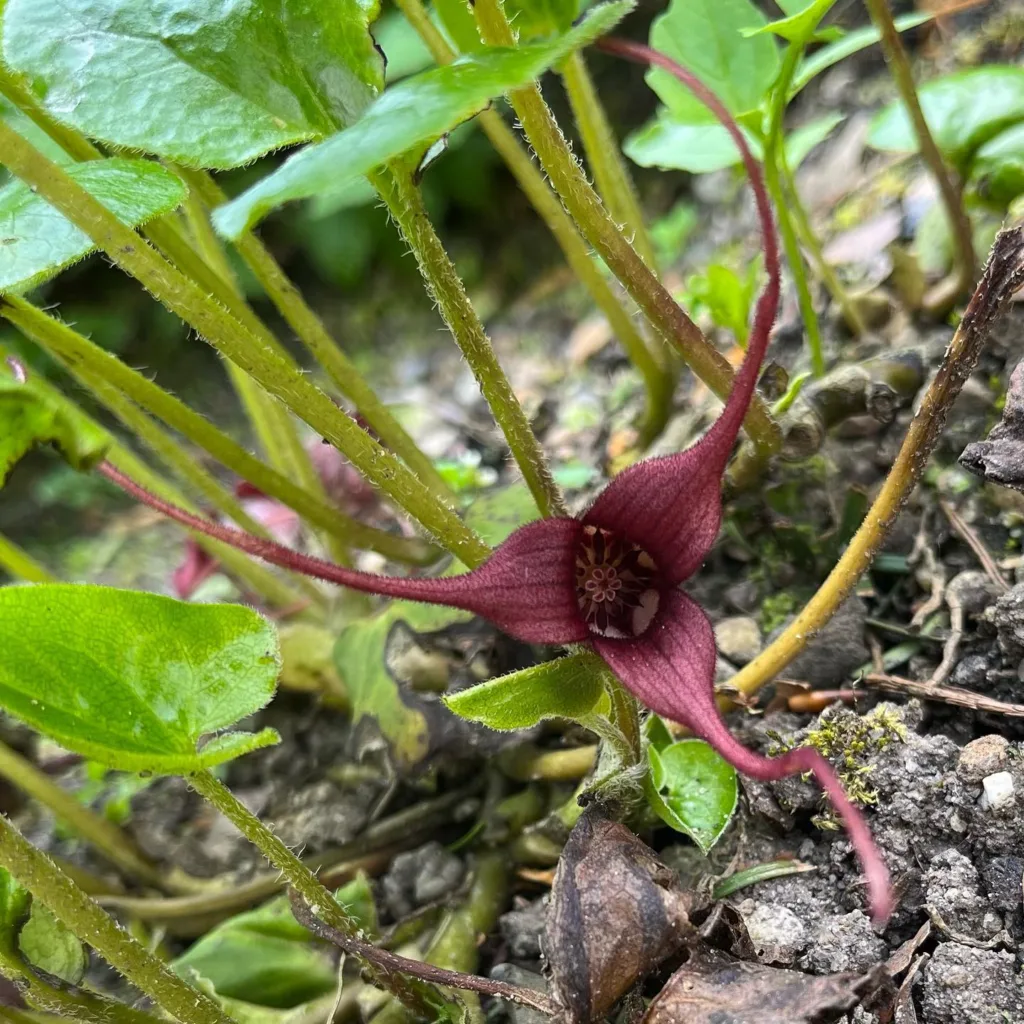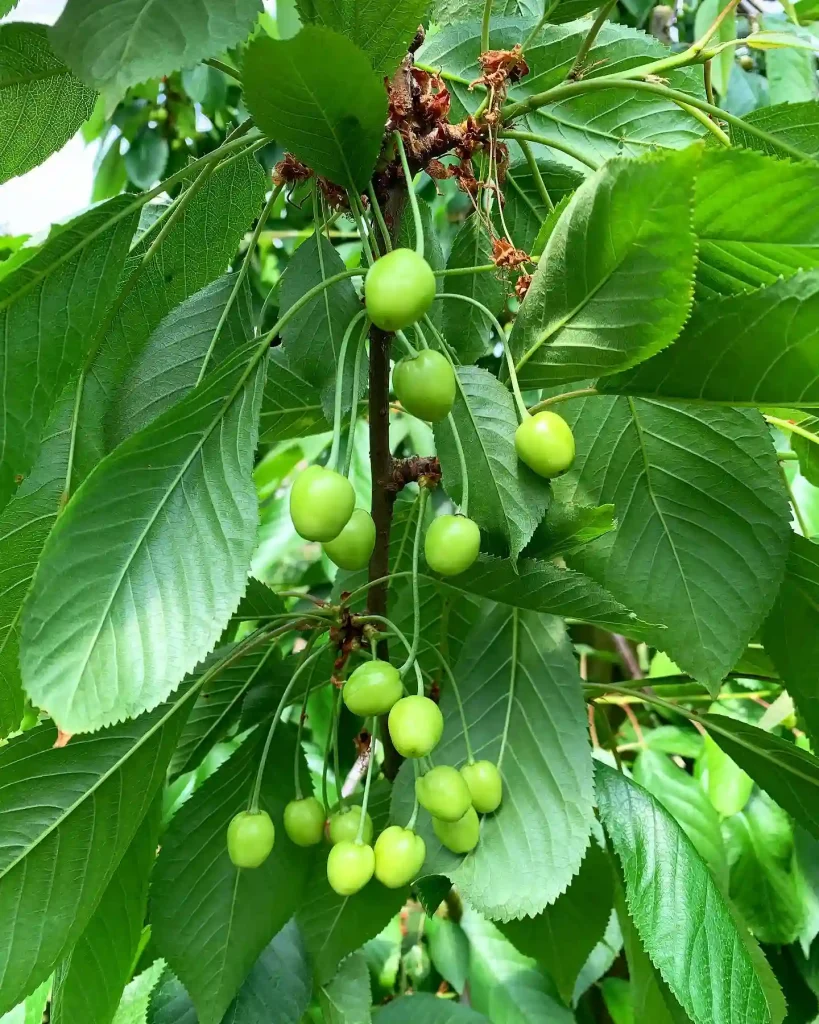What is Quercus Gravesii?
Quercus Gravesii, commonly known as Graves Oak or Graves’s Oak, is a lesser-known species of oak native to specific regions in the United States. This oak is particularly admired for its distinctive foliage and robust nature. Its leaves are typically characterized by deep lobes and a rich green color that turns a vibrant shade of brown in the fall. The tree itself can grow to moderate heights, making it suitable for both smaller and larger landscapes.
657 Species in Genus Quercus
How to Care for Quercus Gravesii?
Caring for Quercus Gravesii involves understanding its specific needs to ensure it thrives. This oak species prefers well-drained soil, which helps prevent root rot and other issues. It can adapt to various soil types but flourishes in loamy soil with a slightly acidic to neutral pH.
Watering is crucial, especially during the establishment period. Ensure the tree receives consistent moisture but avoid waterlogging. Once established, Quercus Gravesii is relatively drought-tolerant, though it will benefit from occasional deep watering during extended dry periods.
For optimal growth, provide the tree with full sun exposure. It can tolerate partial shade but may not develop as robustly. Fertilization is generally not required unless the soil is severely depleted of nutrients. If you do fertilize, use a balanced, slow-release fertilizer in early spring.
How to Propagate Quercus Gravesii?
Propagation of Quercus Gravesii can be achieved through seed collection or by planting saplings. To propagate by seed, collect acorns in the fall and store them in a cool, dry place until spring. Before planting, stratify the seeds by placing them in a moist medium in the refrigerator for a few months. This process helps break the seed’s dormancy and improves germination rates.
When planting seeds or saplings, choose a site with adequate sunlight and well-drained soil. Sow the seeds about an inch deep or plant saplings at the same depth they were growing in their nursery containers. Keep the area around the young plants free of weeds to reduce competition for nutrients and water.
What to Plant with Quercus Gravesii?
Quercus Gravesii pairs well with a variety of companion plants, especially those that thrive in similar soil and light conditions. Consider planting low-growing ground covers like Creeping Juniper or Liriope beneath the oak to create a lush, green space. Shrubs such as Rhododendron or Azalea can also complement the oak’s foliage and provide additional seasonal interest.
For a more naturalistic look, combine Quercus Gravesii with native grasses and wildflowers. Plants like Purple Coneflower and Black-eyed Susan not only enhance the aesthetic appeal but also attract beneficial pollinators. Ensure that companion plants have similar water and light requirements to maintain a harmonious garden environment.
Is Quercus Gravesii Toxic?
Quercus Gravesii is not considered highly toxic, but it is important to note that many oak species, including Quercus Gravesii, contain tannins in their leaves, acorns, and bark. In large quantities, these tannins can be harmful if ingested by livestock or pets. The primary concern is acorns, which can cause digestive upset if consumed in significant amounts.
For humans, the tannins in oak are generally not harmful unless consumed in excessive quantities. However, it’s always best to avoid ingesting any part of the tree and to keep pets and livestock away from acorns.
Benefits of Quercus Gravesii
Quercus Gravesii offers several benefits beyond its aesthetic appeal. It serves as an excellent shade tree, making it ideal for cooling down hot outdoor spaces. The oak’s dense canopy provides shelter and habitat for various wildlife, including birds and insects.
Additionally, this oak species contributes to soil health by adding organic matter through fallen leaves. The decomposition of these leaves enriches the soil with nutrients, which can benefit other plants in the area.
Common Problems with Quercus Gravesii
While Quercus Gravesii is generally resilient, it can face a few common issues. One problem is oak wilt, a fungal disease that affects many oak species. Symptoms include wilting leaves and premature leaf drop. To manage oak wilt, avoid wounding the tree during the growing season and consult a local arborist for treatment options.
Another issue to watch for is insect infestations, such as oak leaf rollers or aphids. These pests can cause defoliation and weaken the tree. Regularly inspect the foliage and use appropriate insecticides if necessary.
Comparing Quercus Gravesii with Other Oaks
When comparing Quercus Gravesii to other oak species, it is often confused with Quercus Alba (White Oak) or Quercus Rubra (Red Oak). While both species share similarities in their appearance and growth habits, Quercus Gravesii generally has more deeply lobed leaves and a more compact growth form compared to the larger and more widespread White Oak or Red Oak.
Each oak species has its unique characteristics and benefits, so choosing the right oak for your landscape depends on your specific needs, including size, growth rate, and soil conditions.
In summary, Quercus Gravesii is a versatile and attractive oak tree that can enhance any garden or landscape. By understanding its care requirements and benefits, you can ensure this tree remains a healthy and beautiful addition to your outdoor space.
If i die, water my plants!



